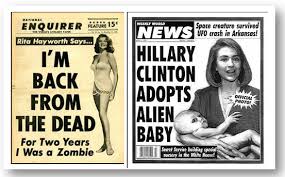
Yesterday, I read a Facebook post warning people about carjackers who work by throwing eggs at your windshield. Wipers turn the egg into a milky substance that blocks your view, and when you stop to clean it off, the carjacker attacks you. Something clicked in my mind—an urban legend detector, perhaps—and I typed “eggs on windshield” into snopes.com. Sure enough, it is an internet urban legend, circulating since 2009 with little or no evidence that there had ever been any crimes committed in that fashion.
Harmless clickbait.
Switch to a different message during the last presidential campaign: “Pope Endorses Donald Trump” or “In 1998 in People magazine, Donald Trump called Republicans ‘the dumbest group of voters’.”
Both of these “articles” appeared in my social media stream during campaign season. The first I simply pegged as fake or satire; the second I looked up on Snopes to find Trump had indeed never said any such thing.
Most of you have now had the same experience many times over: encountering something dressed up like a news item that is obviously or probably a complete fabrication.
But those pieces of electoral fakery had been forwarded thousands of times, mostly by people (on either side of the electoral fence) who saw them as endorsing their perspectives.
What instinct makes some of us question the veracity of the eggshell story, the pope endorsement, or the “dumb Republican” piece? And what makes others accept it at face value? More importantly for educators, how can we teach an intelligent skepticism that can protect us from misinterpreting propaganda (or humorous pieces) as straight reporting?
With the eggshell story, I recognized the familiar patterns of an urban legend: no direct attribution to a specific case or locale; a chain letter like imprecation to forward for the safety of others; a degree of implausibility regarding how it would work in practice.
With the Pope’s endorsement, I brought some outside knowledge into play: that the Pope has never endorsed a presidential candidate, that his values seem very different from Trump’s on issues like environmentalism, etc. But I also knew that such an endorsement would be front page news covered by every media outlet, not some scoop on an unheard of url.
As for the story that years ago Trump had assailed Republican voters and said he’d run that way to bamboozle them: it just seemed too pat, too perfect of a theme for anti-Trumpers.
But how many fake stories did not set off alarm bells with me, and how did these same stories work on millions of people? Confirmation bias is part of the story: people seek out sources that affirm their own views. A tendency to accept material formatted like “news” as news is part of the problem. A distrust of mainstream media may also play a role. Journalistic outlets may reflect bias, but they are still likely to be multi-sourced and fact checked (there’s a reason that ABC didn’t run with the Pope story. . . .)
In short, we need to bring a lot of knowledge and savvy to bear on being sophisticated consumers of information in our info-rich era. We need an understanding of politics and global affairs, of history and contemporary media, of logic. We need to develop our skills—and our students’ skills—of checking for veracity and being critical and shrewd. And we need to learn from the fakes: they follow familiar patterns and repay our study.
We do this at The Sage Colleges and throughout higher education, but I don’t think we are doing it intentionally enough. New information media and overload call for new educational approaches, and it is up to us to develop them. And we need to remember that “fake news” is not a synonym for news we don’t like or for opinion pieces we want to dismiss or for legitimate news stories with confidential sources or for the different issue of media bias: fake news refers to fabricated propaganda masquerading as genuine journalism–and it needs to be identified and exposed.

